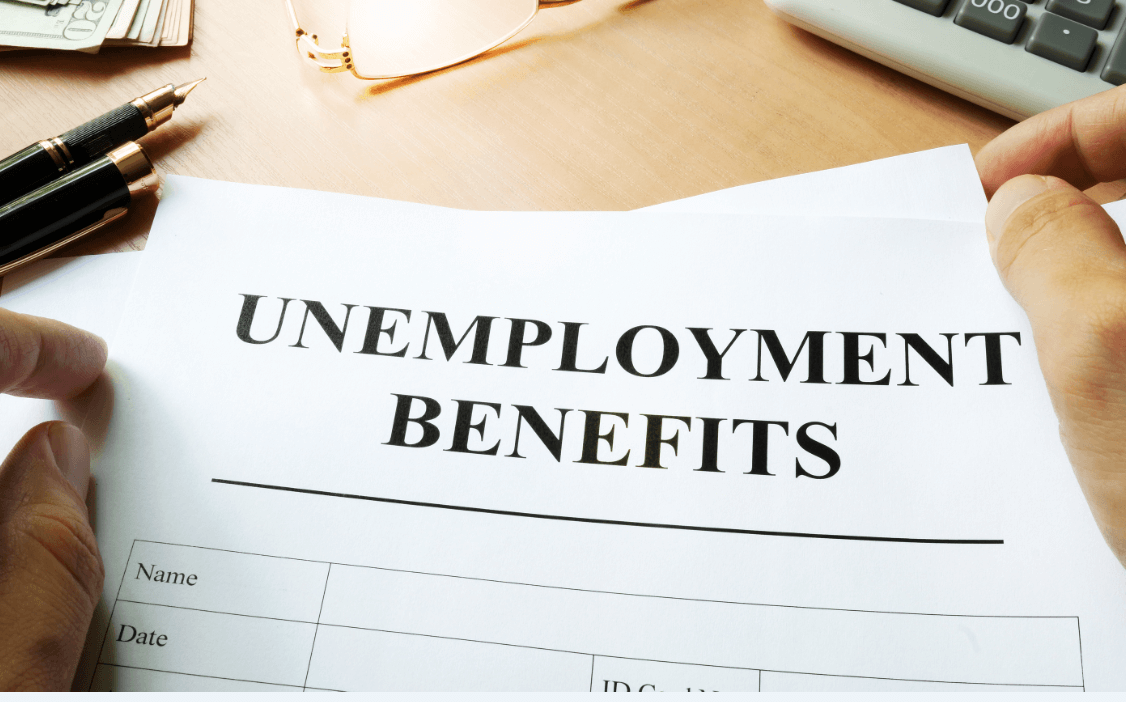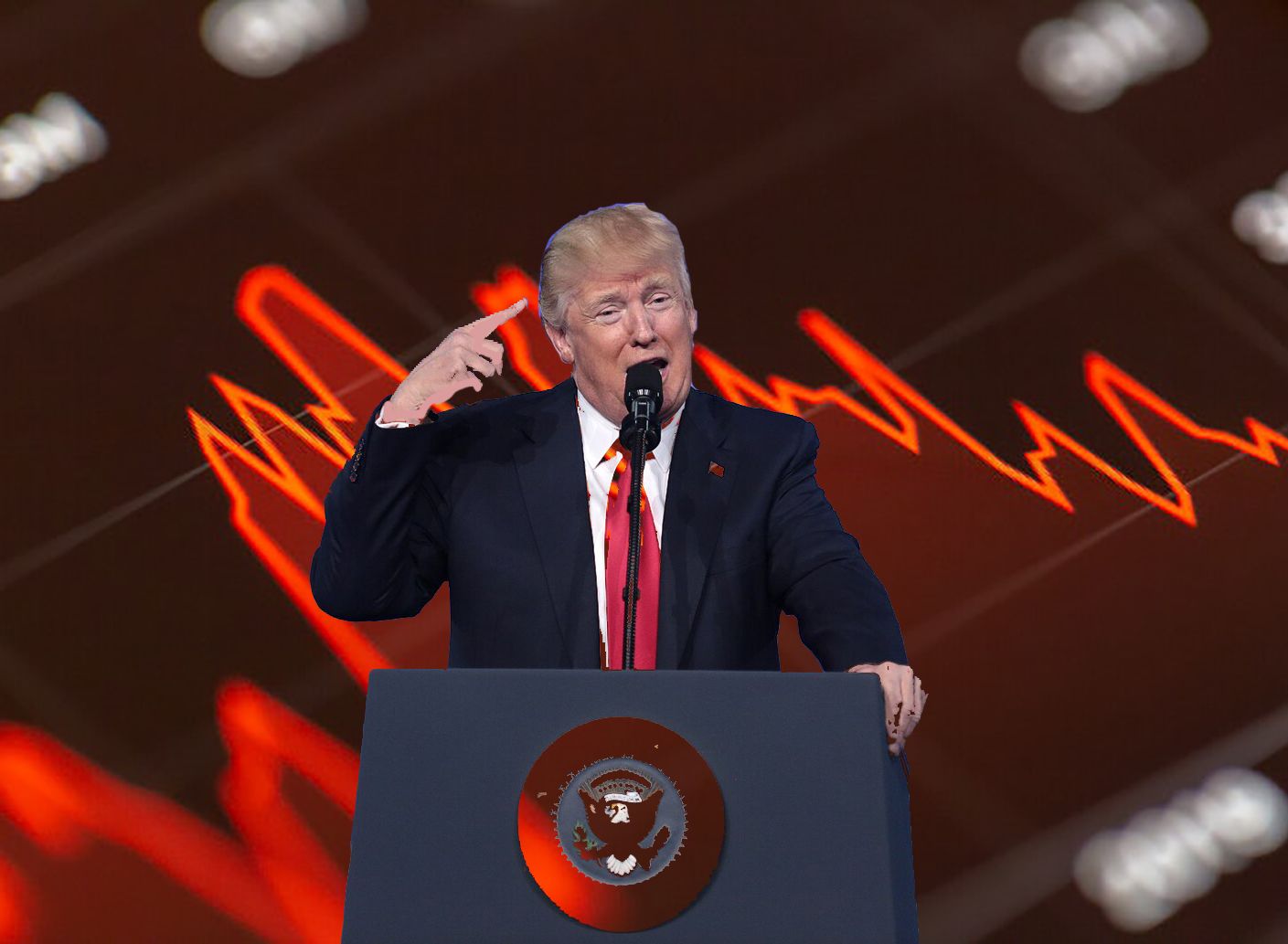
Around 813,000 federal student loan borrowers are receiving emails notifying them that their debt has been forgiven. The White House announced that these borrowers, whose accounts were adjusted in August, are getting the notification from President Joe Biden himself.
The email directly from the president aims to make clear who is responsible for this relief, arriving less than a year before the 2024 presidential election. “Congratulations — your student loan has been forgiven because of actions my Administration took to make sure you receive the relief you earned and deserve,” the email reads.
This wave of forgiveness stems from the U.S. Education Department’s one-time account adjustment. This adjustment was designed to evaluate which borrowers have met the qualifying payment threshold on their repayment plan after years of potential administrative failures within the student loan program.
The administration stated that for too long, the student loan program did not live up to its commitments, and millions like those receiving forgiveness never got the relief they were owed due to errors and administrative failures. President Biden vowed to fix that system, stating he is proud that his administration has delivered on that promise.
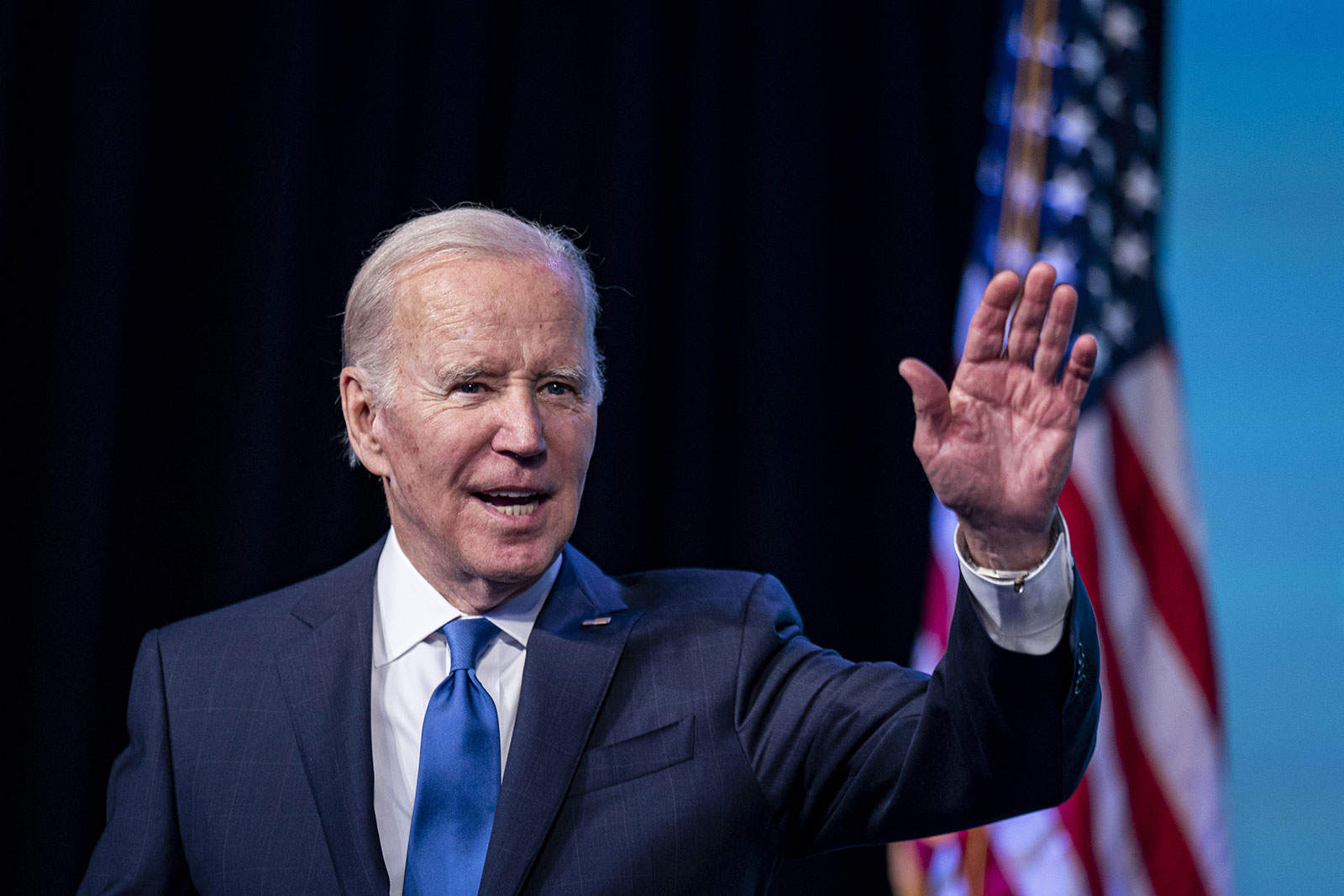
This specific action is part of a broader effort by the Biden administration that has resulted in the forgiveness of $127 billion in student debt so far. This relief has reached more than 3.5 million borrowers through existing programs like Public Service Loan Forgiveness and income-driven repayment plans.
Overall, the administration states it has approved loan forgiveness for nearly 3.9 million borrowers. Education Secretary Miguel Cardona said that under President Biden’s leadership, the administration has now approved loan forgiveness for this number of borrowers and that the historic fight to cancel student debt isn’t over yet.
The administration’s most ambitious plan for widespread forgiveness was blocked by the Supreme Court in June. That plan aimed to cancel up to $20,000 in student debt for an estimated 43 million people with incomes under $125,000 (or $250,000 for couples).
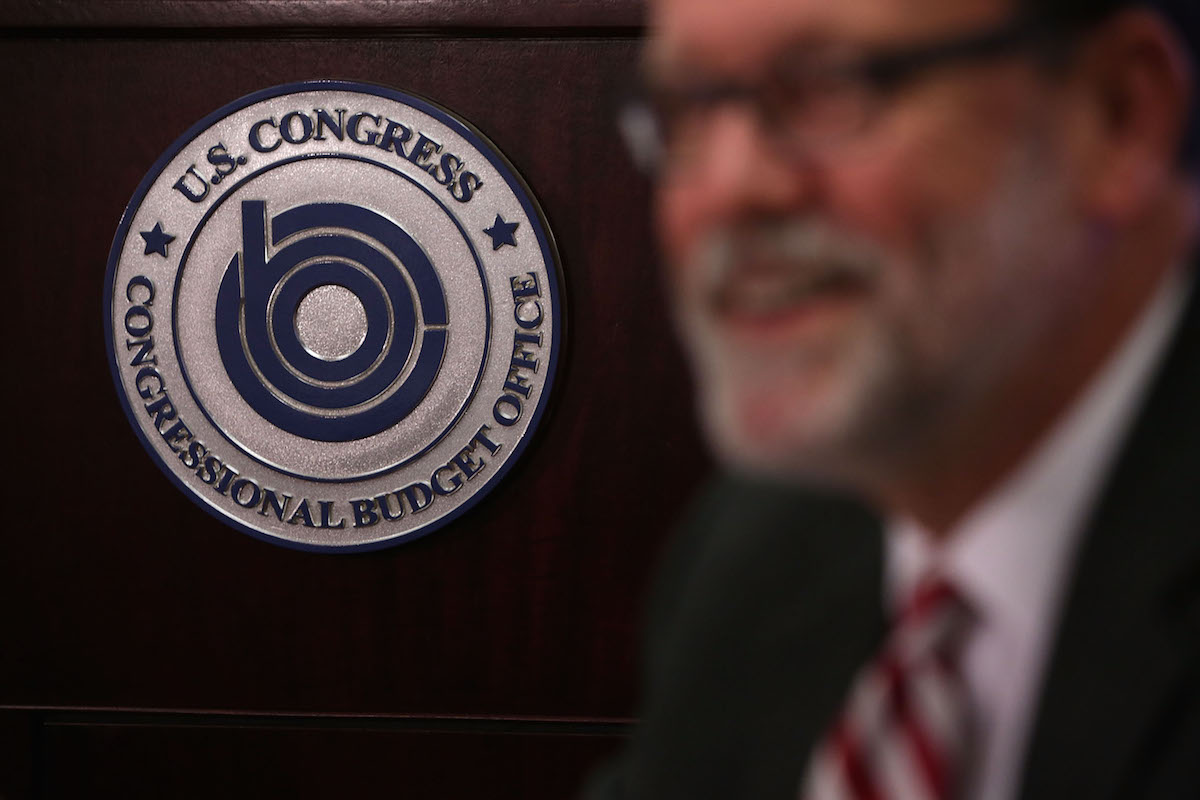
The nonpartisan Congressional Budget Office estimated that this presidential administration’s student debt pardon could cost the country around $400 billion. This significant projected cost fueled much of the debate and opposition surrounding the plan.
The plan faced significant legal challenges. Six Republican-led states launched a suit against the Biden administration in an effort to halt the forgiveness plan, accusing the administration of overstepping its executive powers.
These states argued that the plan would cause financial harm to entities like Missouri’s loan servicer and disrupt revenue streams for state coffers. The legal battle reached the Supreme Court, where arguments centered not only on the president’s authority but also on whether the states had the legal right, or standing, to sue.
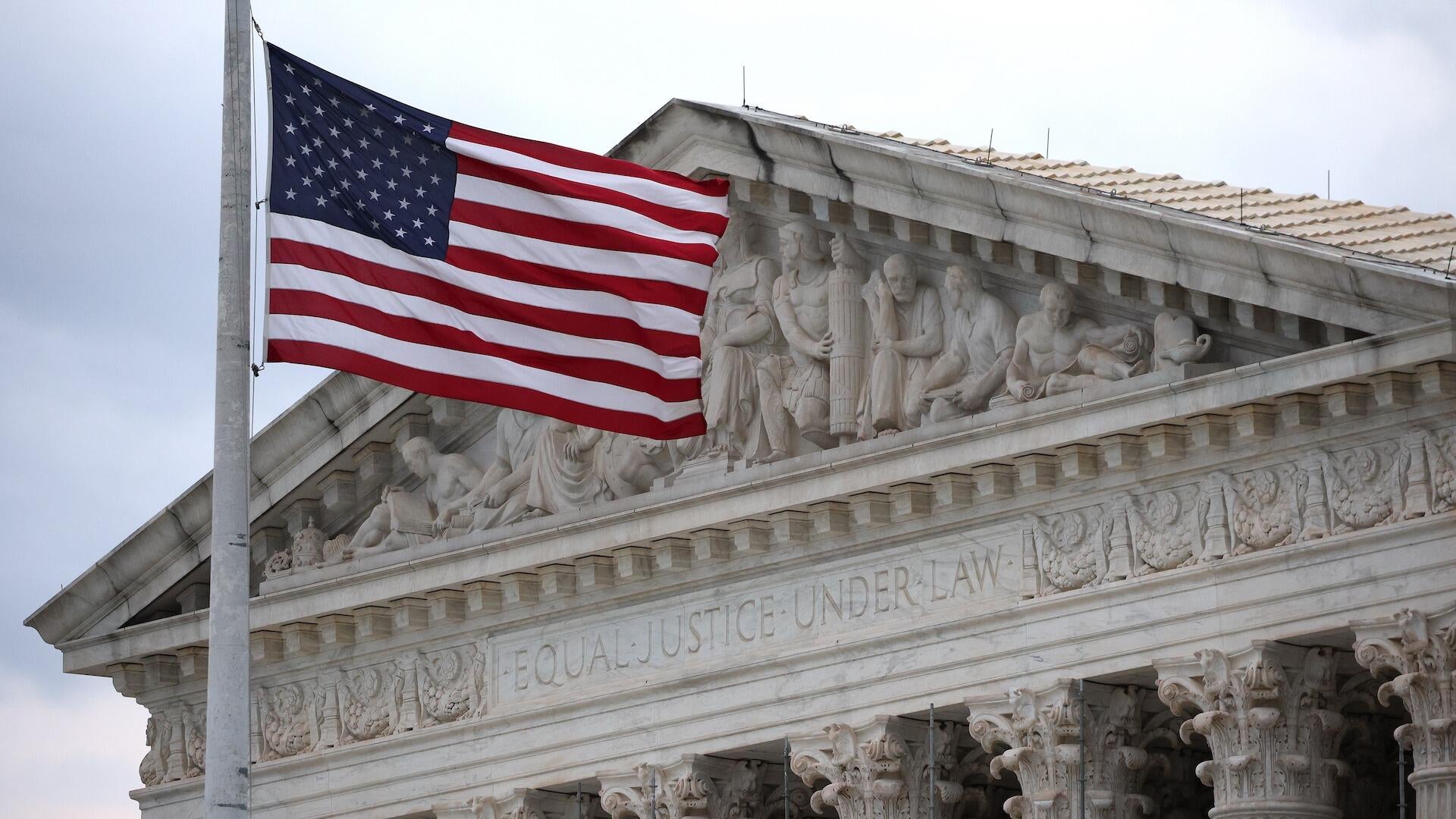
Attorneys who observed the Supreme Court arguments noted that conservative justices seemed skeptical that the president had authority from Congress for such widespread forgiveness. However, Justice Ketanji Brown Jackson expressed concern that the judiciary might be overstepping by getting involved in a matter she viewed as potentially belonging to the political branches.
Justice Amy Coney Barrett also appeared to share concerns with the court’s three liberal justices regarding the plaintiffs’ standing to bring the lawsuits. Some legal observers believe the cases might ultimately be decided solely on the issue of standing, avoiding a ruling on the legality of the forgiveness itself.
The administration’s plan also drew sharp criticism from Republican politicians. Former New Jersey Gov. Chris Christie stated that President Biden didn’t have the authority to cancel student debt without prior authorization from Congress, saying, “He knows he’s done something that is illegal and over the top.”
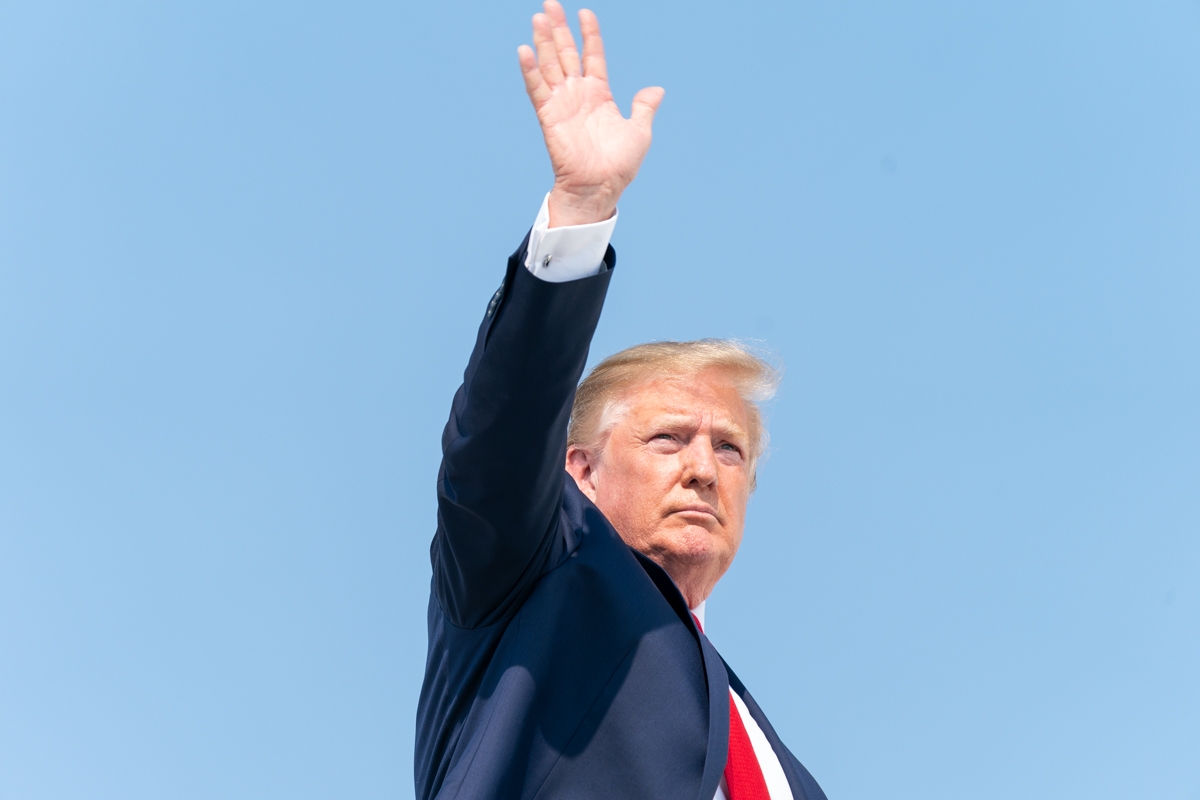
Former President Donald Trump sided with the Supreme Court’s decision to block the broad plan. He stated that the cancellation of potentially hundreds of billions or trillions of dollars in debt would have been “very unfair to the millions and millions of people who paid their debt through hard work and diligence; very unfair.”
Florida Gov. Ron DeSantis echoed concerns about fairness to taxpayers. He questioned why a truck driver should have to pay for someone who got a degree in a less vocationally focused field, stating, “It doesn’t make sense.”
Despite the political and legal battles, voter sentiment appears to lean towards supporting student loan forgiveness. According to a Politico/Morning Consult poll, voters support forgiving at least some student loan debt by a 2-to-1 margin, with less than a third opposing the policy.
The relief delivered through these administrative adjustments and existing programs is having a tangible impact on individuals. George Tucker, a 63-year-old borrower, told a reporter that the relief he received has been significant.
Related posts:
1 in 9 Mass. residents could get some student debt canceled. Here are the next steps
Student loan forgiveness policy change means nearly a million borrowers are now excluded from plan
Student loan forgiveness: 153,000 to have loans canceled under new repayment plan


